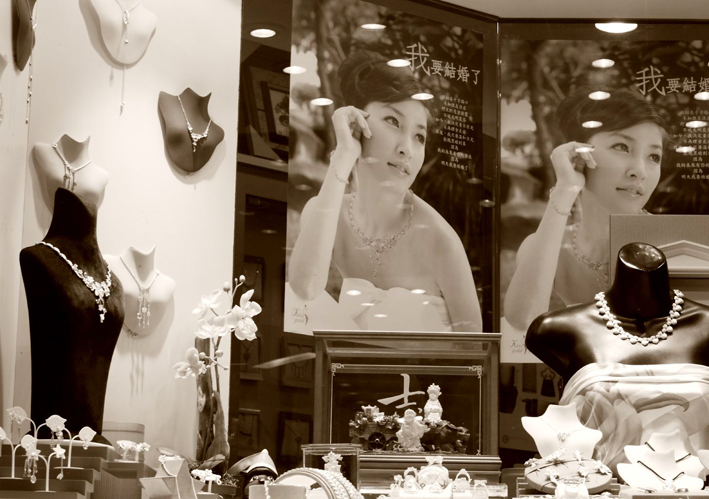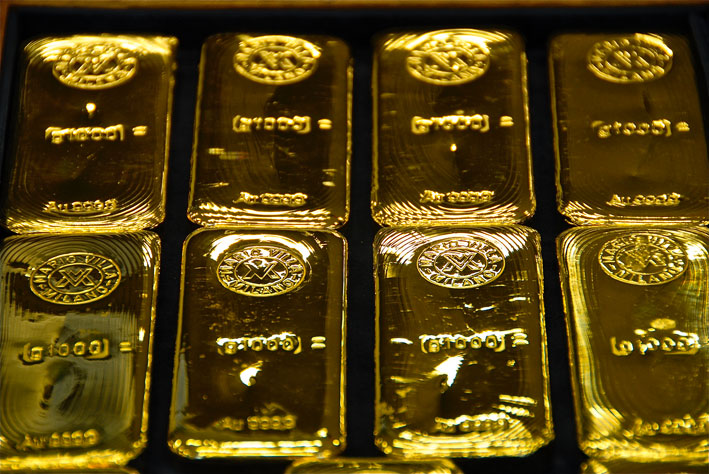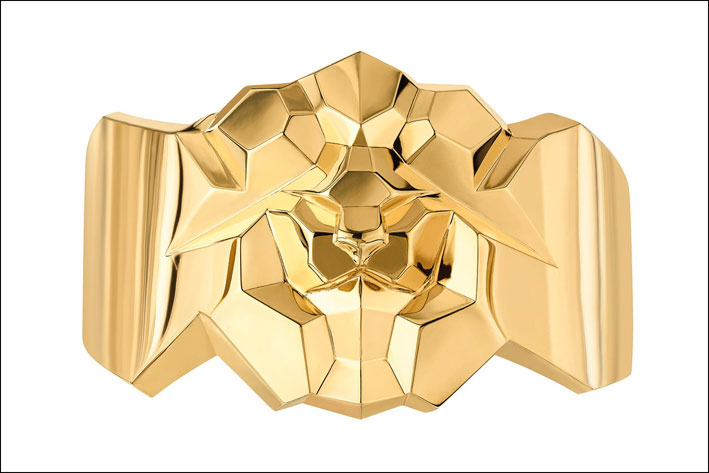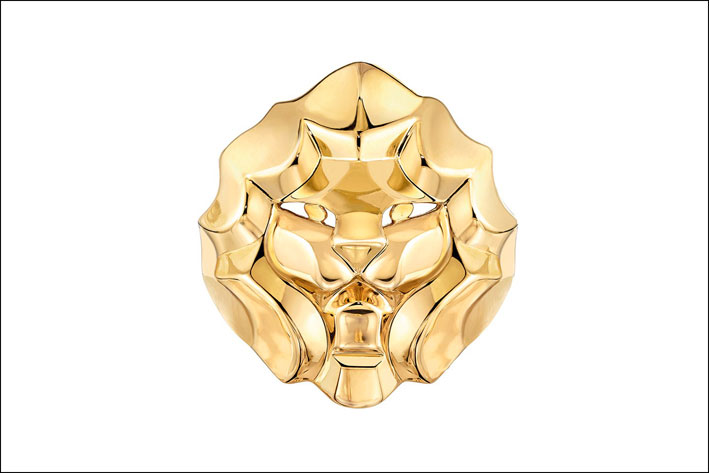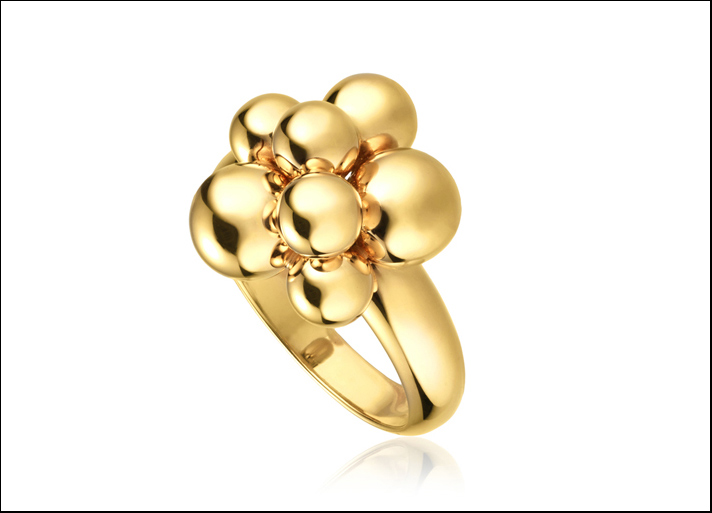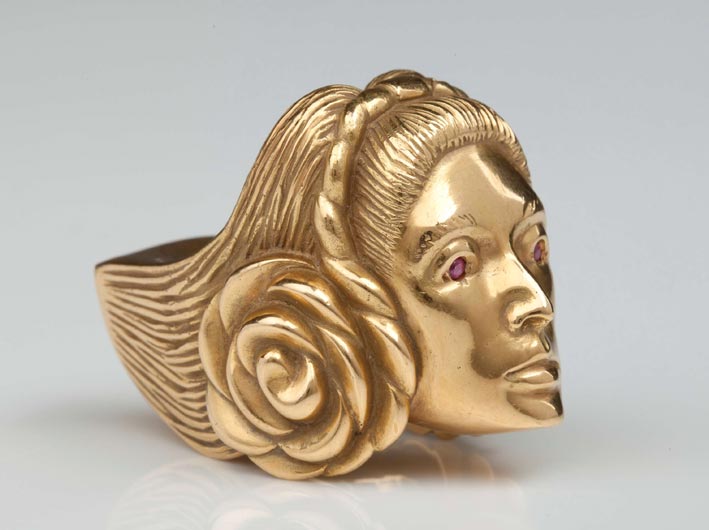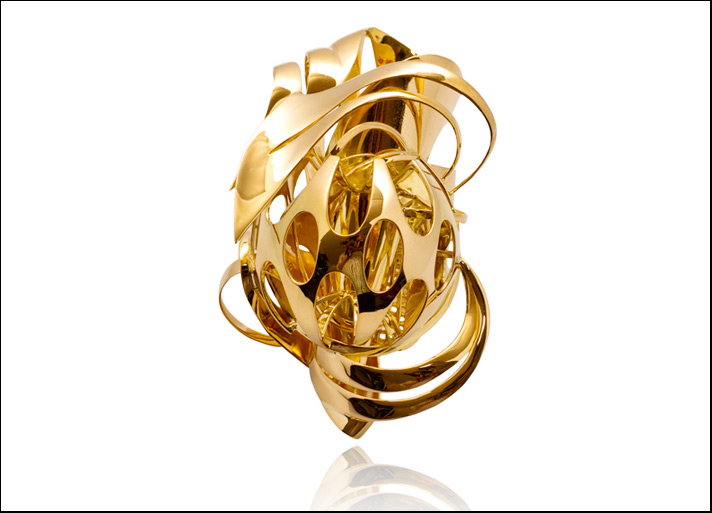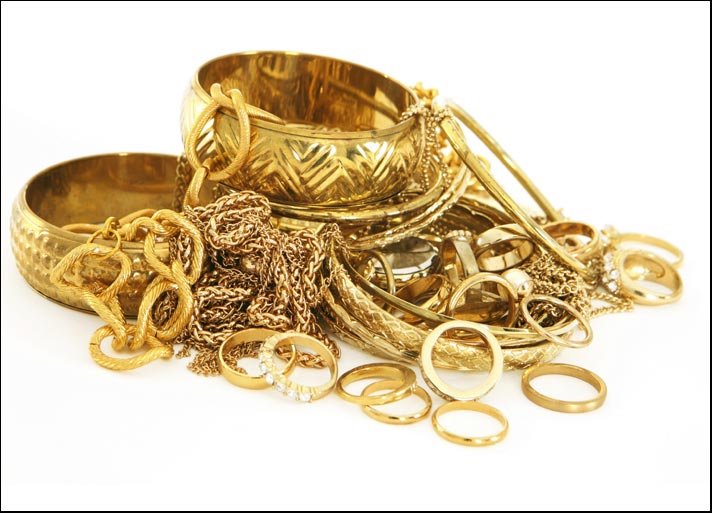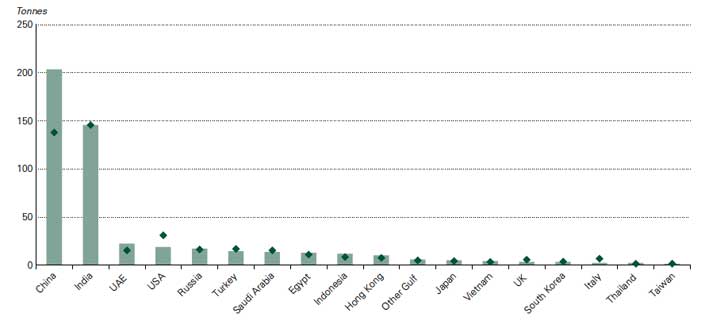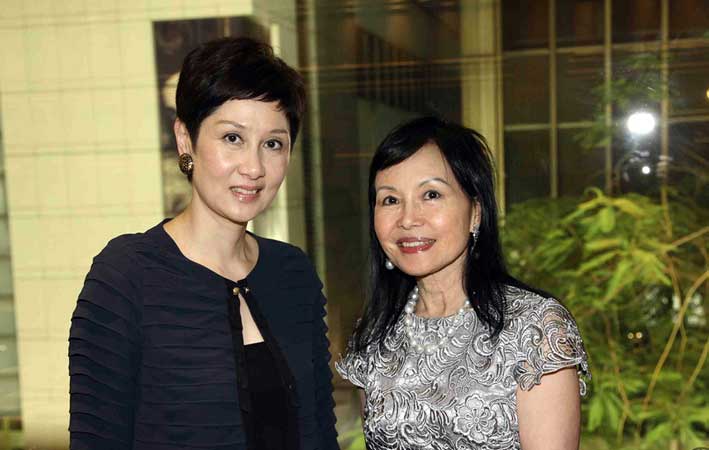After hitting a peak of $ 2,000 per ounce (a measure that corresponds to 31.1 grams), the price of gold dropped to around $ 1,860 at the end of October. In short, a little less than the forecasts that indicated the price of the yellow metal ready to break through the quotation over 2000 dollars. Why? An explanation is provided by the World Gold Council, which analyzed the demand for gold around the world in the third quarter of 2020. Result: it has fallen to the minimum of the last 11 years.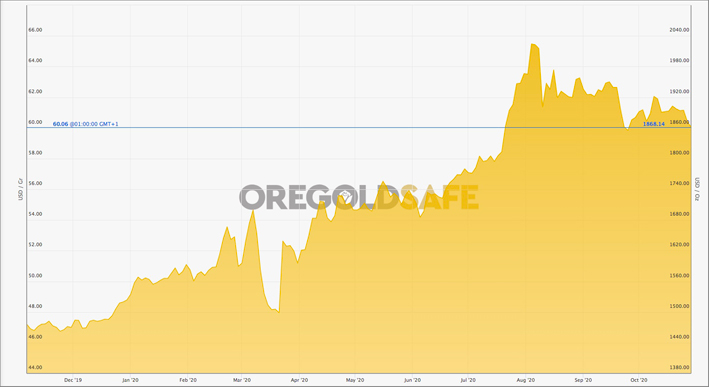
Coronavirus effect: World demand for gold was 892.3 tons in the July-September quarter, down 19% from the third quarter of 2019 and the lowest since the third quarter of 2009, during the financial crisis. In short, the uncertainties due to the pandemic lead to curb purchases of gold items. According to the World Gold Council, an association of companies in the sector, the price has also decreased due to sales made by central banks, probably to collect some precious currency in a delicate moment for the economies of the various countries.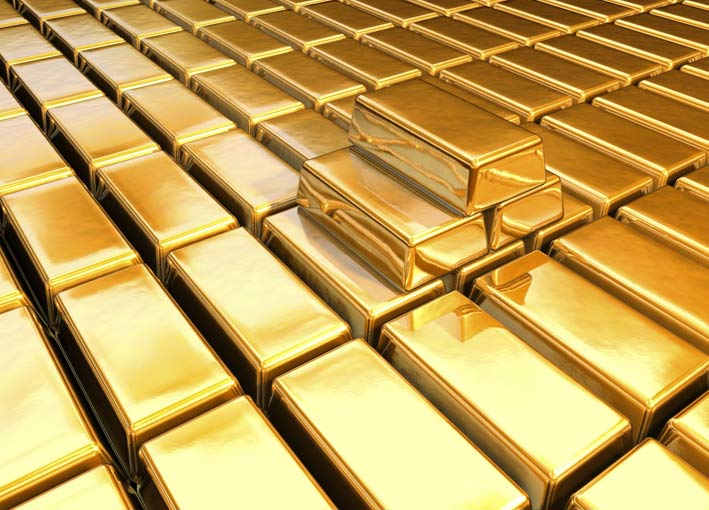
Instead, jewelry sales recovered slightly in the third quarter, especially in China and India. WGC, however, has predicted that demand for jewelry will rise again in the final quarter, led again by China and India, even as the pandemic triggers a large margin of uncertainty.